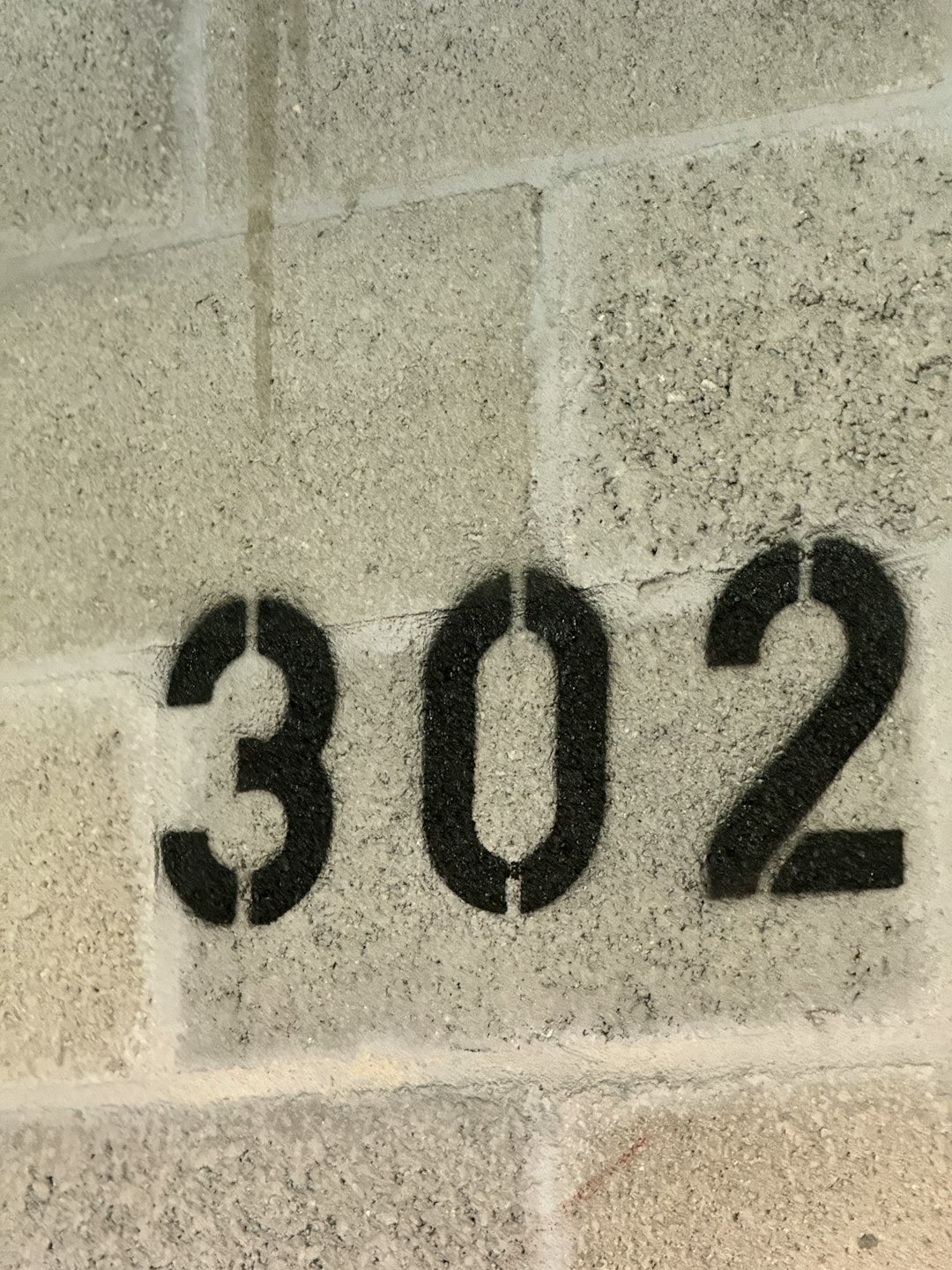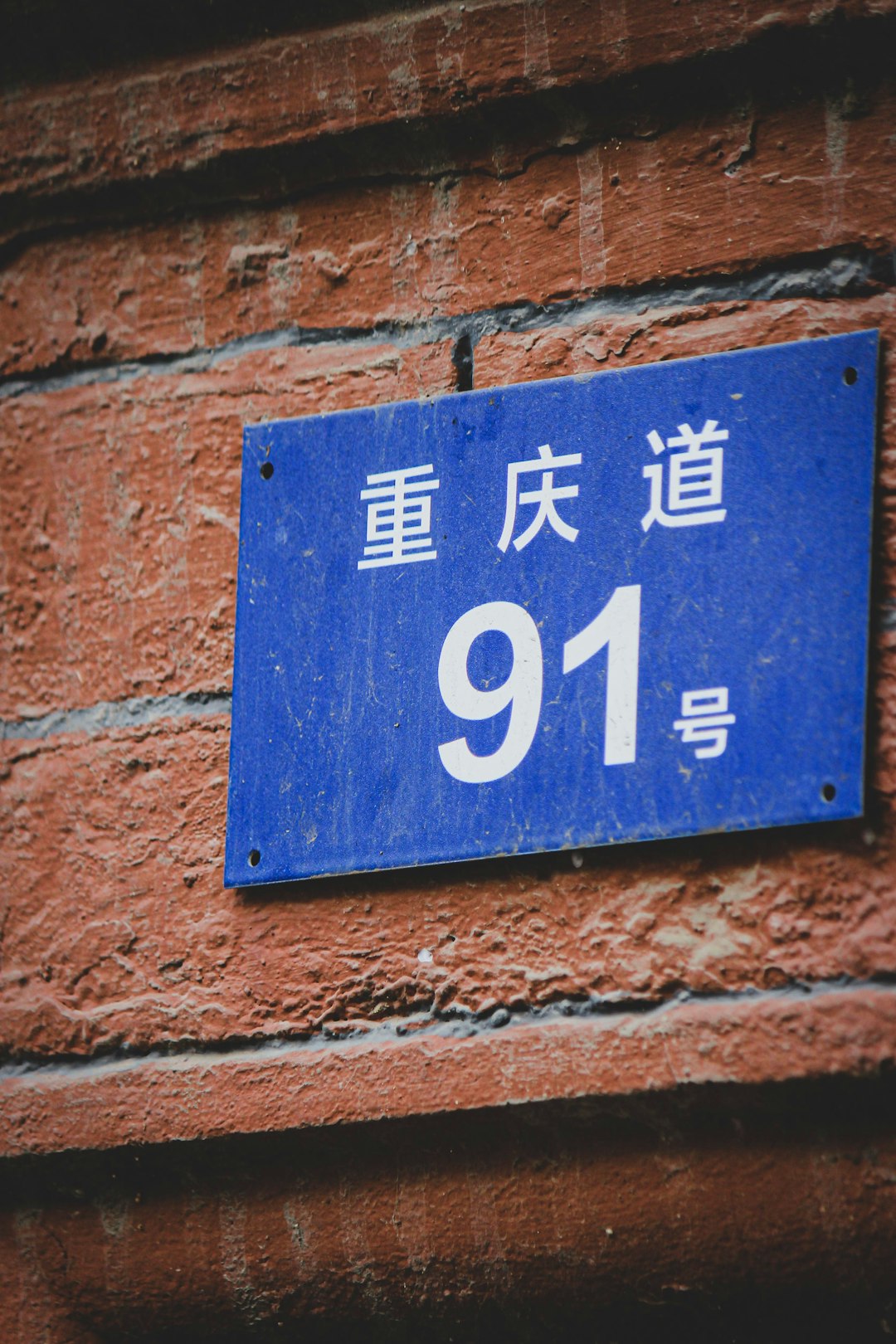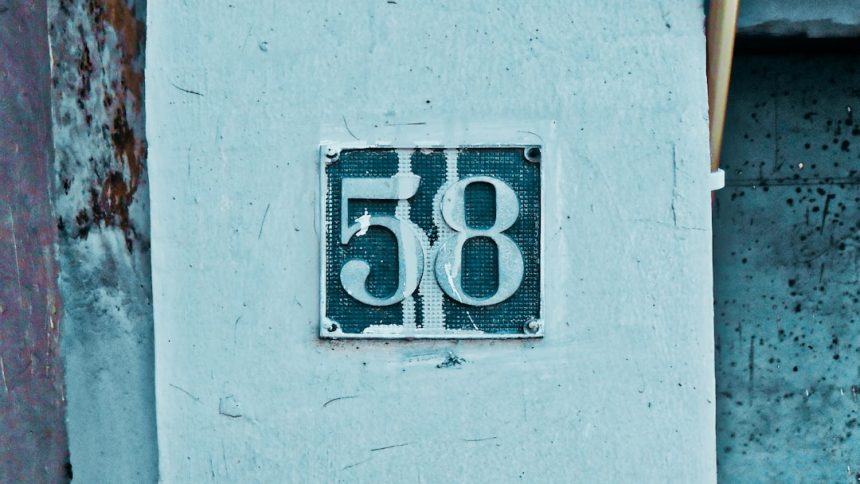When it comes to navigating residential addresses around the world, apartment number formats can be unexpectedly diverse. While many people take their format for granted, the systems behind apartment number (often abbreviated as Apt Nº) placement vary significantly depending on culture, history, and city planning logic. Whether you’re a frequent traveler, a global postal worker, or simply curious about how different societies identify individual units in a building, understanding these variants can shed light on broader differences in urban design and communication styles.
The Basics of Apartment Numbering
In most countries that rely on postal addresses, an individual apartment or unit within a residential building is identified by a number or alphanumeric combination. This is often attached after the main street address in a format similar to:
- 123 Main Street, Apt 2B
- 456 Grand Ave, #301
- 789 Elm Road, Unit 12
But beyond these standard forms, local conventions shape how these identifiers are used and understood.
North America: Logical and Linear
In countries like the United States and Canada, apartment numbering typically follows a straightforward logic. Numbers usually begin on the ground or first floor and increase as you go higher. The first number often denotes the floor level, while the subsequent digits or letters represent the unit position.
For example:
- Apartment 204 → 2nd floor, unit 04
- 3B → 3rd floor, unit B (often the second unit on the floor)
This method helps both residents and emergency responders locate units swiftly. In high-rise buildings, this convention becomes even more critical as hundreds of apartments may be stacked vertically.

Another common variant is the use of dash-separated numbers, such as 12-4 where the number before the dash is the floor number, and the one after is the specific apartment. This form is often seen in New York City walk-ups as well as in Montreal’s older low-rise buildings.
Europe: Tradition Meets Complexity
European countries boast a rich mix of numbering conventions, shaped by history, architecture, and administrative preferences. In the UK, for instance, apartments are frequently listed by names rather than numbers—especially in historical buildings. A typical address may read:
- Flat 3, The Gables, High Street
In larger modern apartment buildings, numbering tends to follow a vertical logic similar to North America, but with a twist. In many British and Irish buildings, the ground level is called the “Ground Floor,” and the next level is the “First Floor.” This alters what number you might expect for an apartment on the third level internally.
In Germany and Poland, apartment numbers are often appended with a slash (e.g., 56/3), where the first number refers to the building and the second to the individual unit. Meanwhile, in Russia and many former Soviet republics, cities are planned in blocks, and apartment numbers can sometimes exceed 1000 in a single building. Their addresses often look like:
- ulitsa Lenina, dom 10, kvartira 245
- (Lenin Street, house 10, apartment 245)
Asia: Cultural Nuance in Numbers
Asia presents some of the most diverse and culturally nuanced apartment numbering systems.
Japan:
In Japan, the addressing system is famously unintuitive for outsiders. Unlike the Western system of streets and intersections, Japanese addresses are based on subdivision of areas. Addresses are organized by district (chōme), block, and building, followed by apartment numbers.
A complete Japanese address for an apartment might appear as:
- Tokyo-to, Shinjuku-ku, Nishi-Shinjuku 3-4-2-301
Here, 3-4-2 indicates chōme (district) 3, block 4, building 2 — and 301 is the apartment on the third floor.
South Korea:
South Korea also uses a block-based system, especially in older neighborhoods. However, modern apartments often use Western-style numbering. In both cases, dong (building) numbers and ho (apartment numbers) are used interchangeably, often written as:
- 301동 1002호 (Building 301, Unit 1002)
This means apartment 1002 in building 301 — “10th floor, 2nd apartment.”
China:
In major Chinese cities, addresses follow a hierarchical order: province, city, district, street, and finally, residential compound. After this, the exact building block and unit number are stated. Numbers like Building 5, Unit 4, Apartment 1202 are common, where 12 denotes the floor and 02 the apartment on that floor.

Small numerological details matter: buildings and apartments sometimes skip the number 4, considered unlucky due to its phonetic similarity to the word for death in Mandarin and many other East Asian languages.
Middle East and Africa: Varied and Evolving
Address systems in the Middle East and much of Africa are evolving rapidly due to rising urbanization and digitalization. Traditional addressing often relied on landmarks rather than numbers. In places like Cairo or Lagos, descriptions such as “second building after the mosque” were more common than concrete numerals.
Now, with the rise of GPS, delivery apps, and urban planning, more standardized systems are being rolled out. For newly developed buildings, the address usually includes an apartment number, such as Flat 10, Floor 5 or Unit F, Block B.
In nations like the UAE or Saudi Arabia, addresses are increasingly integrating Western-style apartment number formats. Yet it’s not uncommon to still see descriptive, hybrid formats, especially in older neighborhoods.
Latin America: Alphanumeric Heritage
In countries such as Mexico, Brazil, and Argentina, apartments are commonly denoted with combinations of letters and numbers organized by floor. Formats like Depto. 3A (Department 3A) are widespread. “3A” typically means third floor, apartment A.
In some countries, the vertical layout may not be as consistent, leading to non-sequential numbering. For example, in cities with older buildings that have been repurposed or subdivided over time, apartment numbers may reflect renovation timetables more than architectural logic.
Additionally, Brazilian cities often use a condominium format where the building complex has a name, and each apartment has its unique identifier, such as:
- Residencial Azaleia, Bloco B, Ap. 404
The Rise of GPS and Smart Addressing
With the spread of services like Google Maps, Uber, and delivery platforms, there’s increasing pressure worldwide to standardize apartment numbers for easier navigation. In some places, digital mapping combined with Plus Codes or systems like what3words is helping bypass the ambiguities of national conventions.
Moreover, smart doorbells and building directories are beginning to replace outdated paper signs and buzzer systems, offering digital clarity to both residents and visitors.
Conclusion
Despite their simplicity on the surface, apartment numbers hold the key to understanding a country’s take on urban logic, cultural values, and administrative order. From the orderly system of American high-rises to the complex district-based approach in Japan, how a society numbers its homes shapes — and reflects — how people navigate public and private spaces.
Next time you’re filling in your address while booking a stay abroad or sending a parcel internationally, take a moment to consider the journey that little apartment number represents.


